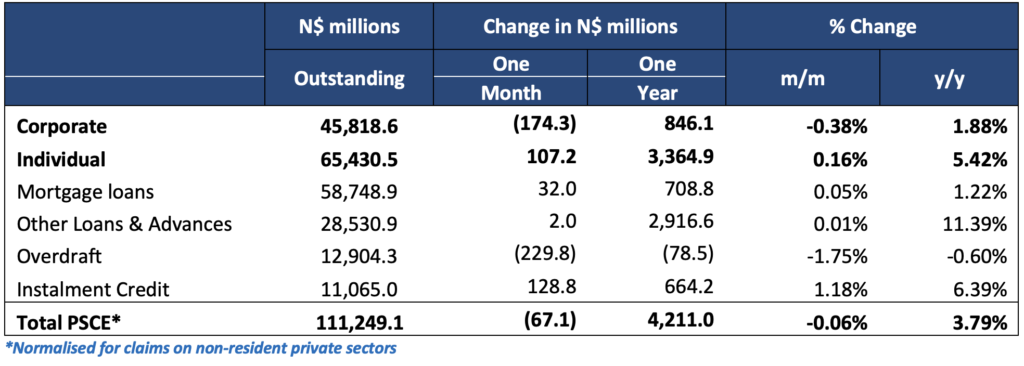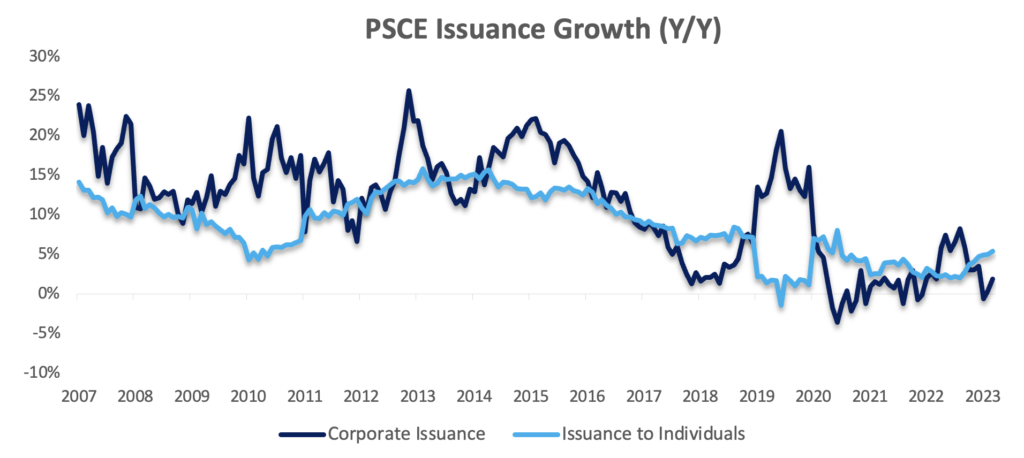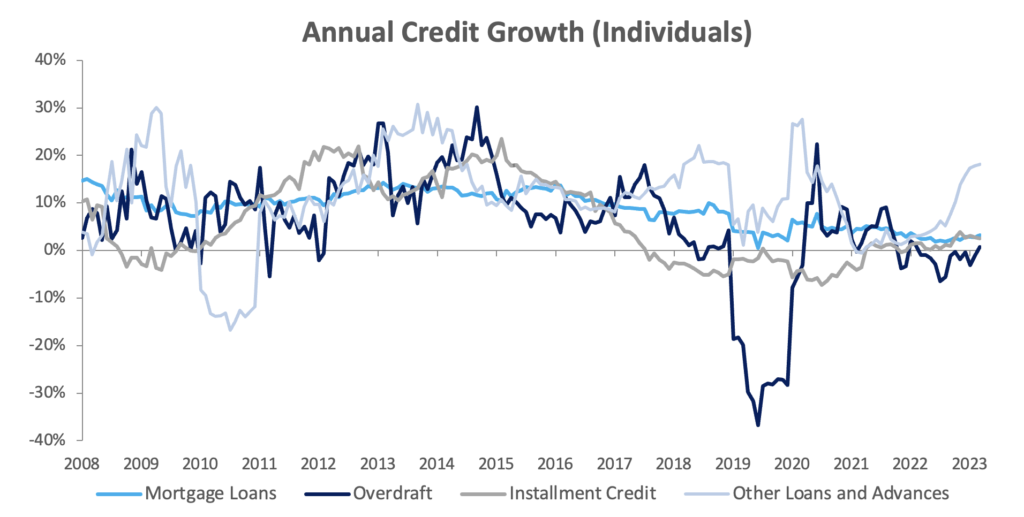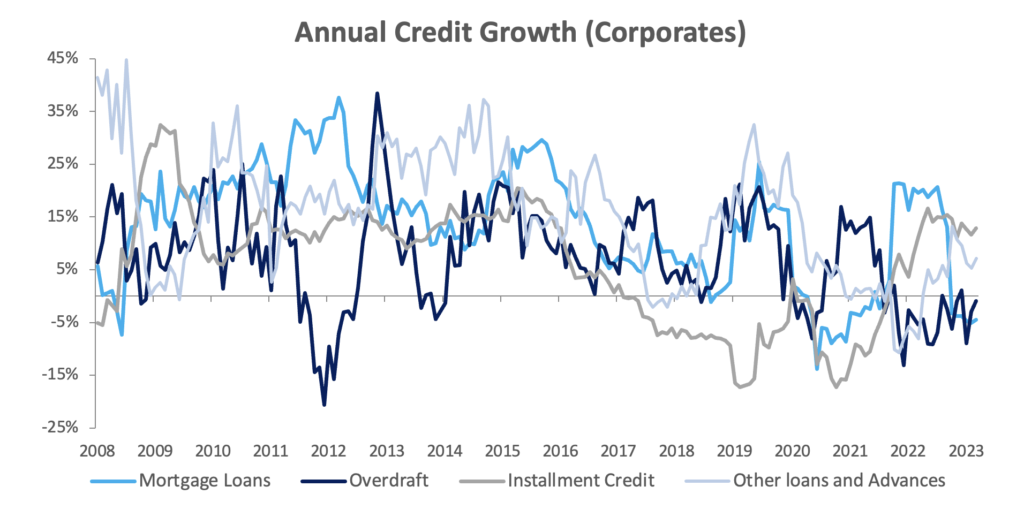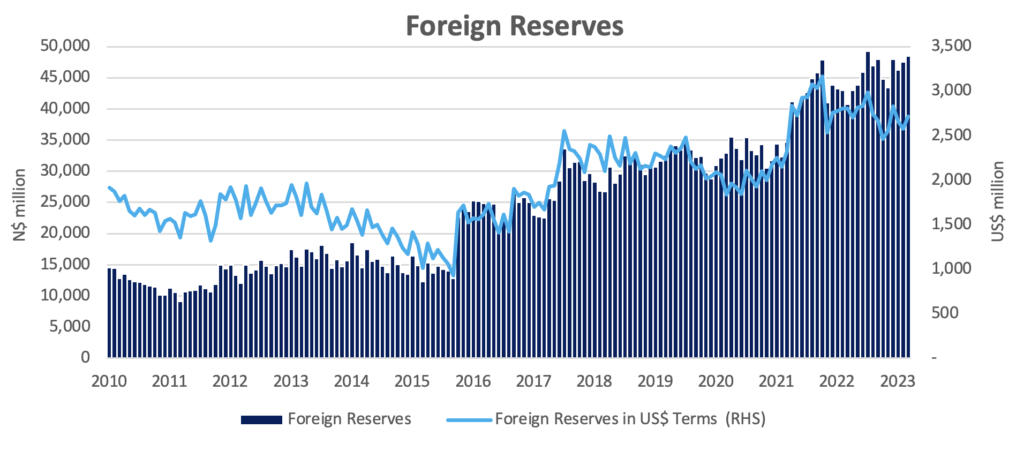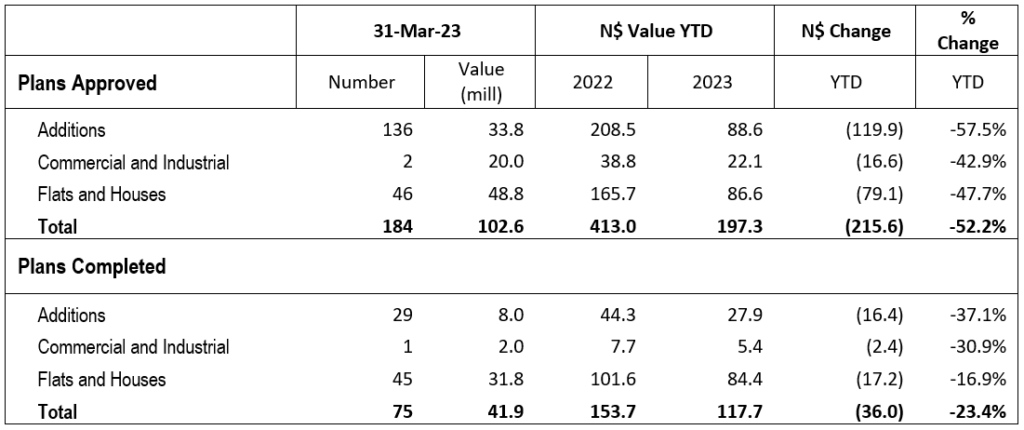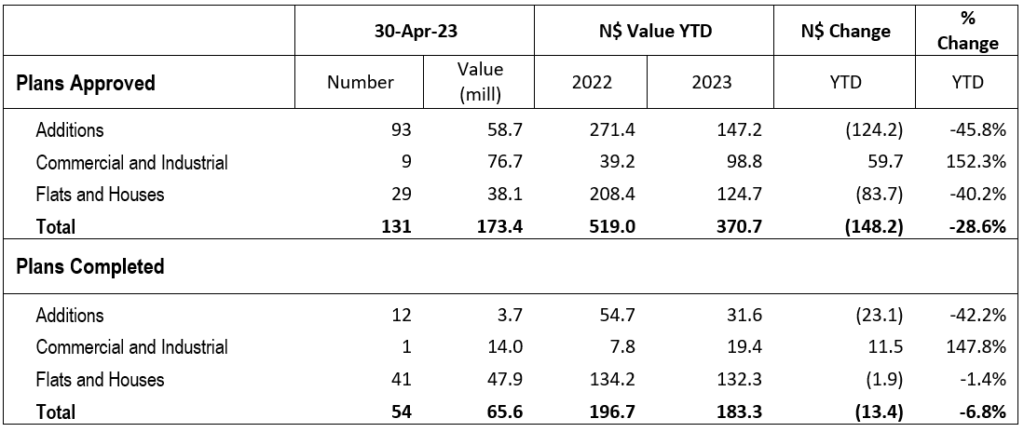

93 additions to properties valued at N$58.7 million received the nod in April. This was 21 fewer and N$4.29 million less than in April 2022. Year-to-date, 412 additions to properties worth N$147.2 million have been approved, representing a 13.8% decrease in number terms and a 45.8% drop in value terms compared to the corresponding period a year earlier. On a 12-month cumulative basis, both the number and value of additions to properties continued to decline. 1,609 additions to properties worth N$762.5 million were approved over the past 12 months, compared to 1,630 additions worth N$766.8 over the same period a month ago. A total of 12 additions valued at N$3.69 million were completed during April, the lowest monthly number and value of additions to properties recorded so far this year.

29 new residential units valued at N$38.1 million were approved in April, compared to the 58 units worth N$42.7 million receiving the go-ahead a year ago. Year-to-date, 132 new residential units worth N$124.7 million have been approved, down 52.5% from the 278 units worth N$208.4 million approved over the same period a year earlier. The 12-month cumulative new residential unit approval figures continued their downward spiral. 589 units worth N$620.4 million have been approved over the past 12 months, down 28.2% in number terms and 30.0% less in value terms compared to the corresponding period a year ago. A total of 41 residential units valued at N$47.9 million were completed during April.

9 new commercial and industrial units worth N$76.7 million were approved in April, more than thrice the cumulative value of commercial and industrial units approved over the first quarter of the year. This brings the year-to-date commercial and industrial building approvals to 17 valued at N$98.8 million, an increase of 152.3% from the N$39.2 million worth of units approved over the same period in 2022. On a rolling 12-month basis, both the number and value of commercial and industrial unit approvals ticked up from a month earlier. A total of 64 commercial and industrial units valued at N$222.5 million have been approved over the 12-month period, compared to 35 units worth N$184.4 million over the same period a year ago. Only 1 commercial and industrial unit was completed for the third month in a row.

Building plans data showed little buoyancy in April. The approval figures, particularly within the commercial space, witnessed some improvement. These advances were, however, achieved from a very low base and the overall picture for building plans remains relatively bleak as the graphs above and below imply. Construction activity is anticipated to remain low in the near term due to the sluggish economy grappling with high inflation and confronting elevated interest rates. All factors creating an unfavourable environment for fostering interest in new construction projects.


